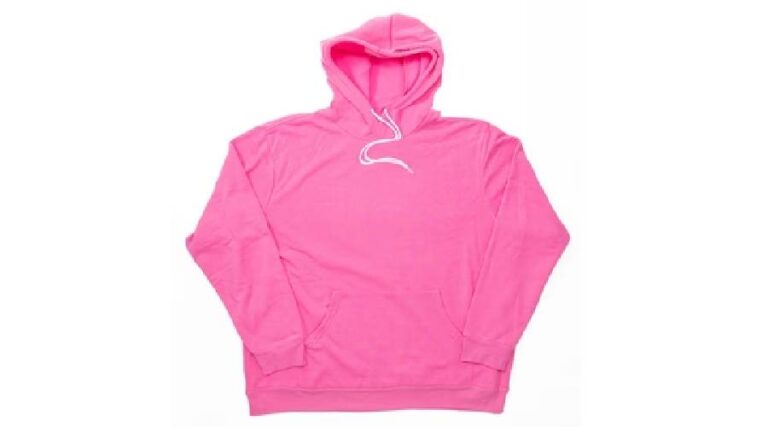
Once relegated to the realm of sportswear and athletic pursuits, tracksuits have undergone a remarkable transformation over the years, transcending their utilitarian origins to become iconic fashion staples. From their humble beginnings on the track to gracing the runways of high-end fashion houses, tracksuits have evolved into versatile garments that effortlessly blend comfort and style. This sartorial journey reflects the dynamic relationship between athletic wear and high fashion, illustrating how the tracksuit has seamlessly integrated itself into the fabric of contemporary style.
Historical Roots: The Birth of Tracksuits
The tracksuit’s origins can be traced back to the early 20th century when sportswear started to emerge as a distinct category of clothing. Initially designed for athletes to wear during warm-ups and cool-downs, name collective tracksuits were prized for their comfort and functionality. The classic design typically consisted of a matching jacket and pants, often crafted from lightweight and breathable materials to enhance mobility.
The tracksuit gained widespread popularity during the mid-20th century, becoming a symbol of the burgeoning fitness culture and the increasing focus on a healthy, active lifestyle. As sports like jogging and aerobics gained momentum, tracksuits became synonymous with athleticism, and their association with sports stars and celebrities further propelled them into the public consciousness.
Celebrities and Athletes: The Tracksuit as a Status Symbol
The 1970s and 1980s marked a turning point for tracksuits as they began to transcend their athletic origins and infiltrate mainstream fashion. Pop culture icons, particularly musicians and athletes, played a pivotal role in elevating the tracksuit’s status. Celebrities like Run-D.M.C. and LL Cool J popularized the named collective tracksuit in the hip-hop scene, turning it into a symbol of urban coolness and street style.
Additionally, the rise of sportswear endorsements further solidified the tracksuit’s position as a status symbol. Legendary athletes, from Björn Borg to Michael Jordan, donned tracksuits adorned with iconic logos, making them aspirational fashion items. The allure of sporting the same outfit as one’s favorite athlete fueled the tracksuit’s transition from the gym to the streets.
The Tracksuit on the Runway: A High-Fashion Makeover
As the 21st century unfolded, fashion designers began to embrace the tracksuit as a canvas for creative expression. High-end fashion houses, known for their avant-garde designs, started incorporating tracksuits into their collections, blurring the lines between sportswear and high fashion. Brands like Adidas and Nike collaborated with renowned designers, giving rise to limited-edition tracksuits that bridged the gap between athletic functionality and couture aesthetics.
Designers experimented with fabrics, cuts, and embellishments, transforming the tracksuit into a statement piece. From luxurious velour tracksuits that exuded opulence to sleek, monochromatic versions that embodied minimalist chic, the runway became a playground for reimagining this once utilitarian garment. The tracksuit’s newfound versatility allowed it to seamlessly transition from casual streetwear to high-profile events, challenging traditional notions of formal and informal attire.
Streetwear Revolution: The Tracksuit’s Influence on Casual Fashion
The tracksuit’s journey from the track to the runway mirrored the broader shift toward casualization in fashion. Streetwear, characterized by its comfortable, athletic-inspired silhouettes, embraced tracksuits as a core component of its aesthetic. Streetwear labels like Supreme and Off-White embraced the tracksuit, elevating it to cult status and making it a symbol of youth culture and rebellion.
Moreover, the democratization of fashion through social media platforms allowed influencers and style enthusiasts to showcase their unique interpretations of tracksuit styling. Mix-and-match approaches, bold color combinations, and eclectic accessories became the norm, further solidifying the tracksuit’s status as a versatile and accessible fashion staple.
The Future of Tracksuits: A Harmonious Blend of Comfort and Style
As we look to the future, the tracksuit shows no signs of fading into fashion obscurity. Its ability to adapt to evolving trends and seamlessly integrate into diverse style narratives makes it a timeless wardrobe essential. Whether it’s a high-performance tracksuit designed for athletic pursuits or a fashion-forward ensemble spotted on the runway, the tracksuit continues to bridge the gap between function and style.
In conclusion, the tracksuit’s evolution from a functional sportswear item to a symbol of high fashion represents the dynamic interplay between athletic influences and sartorial innovation. Its journey from the track to the runway underscores the fashion industry’s ability to transform utilitarian garments into iconic staples that resonate across diverse cultural and stylistic landscapes. As we embrace the tracksuit’s enduring appeal, we celebrate its ability to unite comfort and style in a harmonious blend that transcends the boundaries of time and trends.







